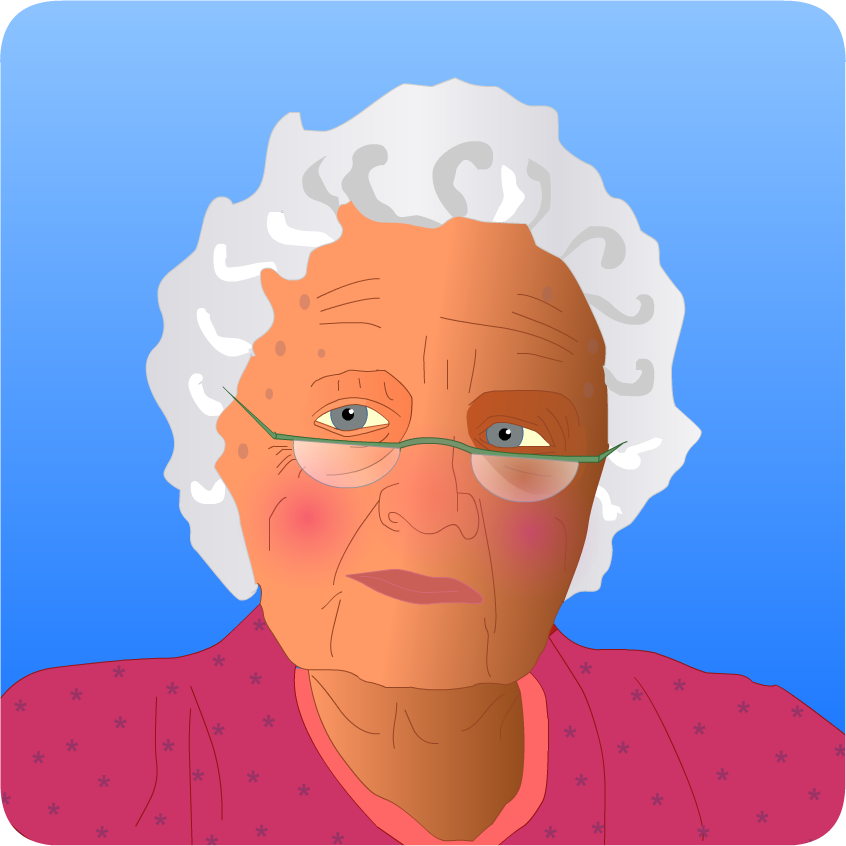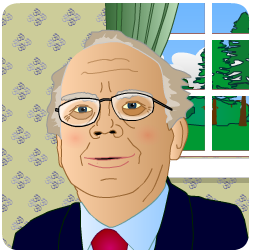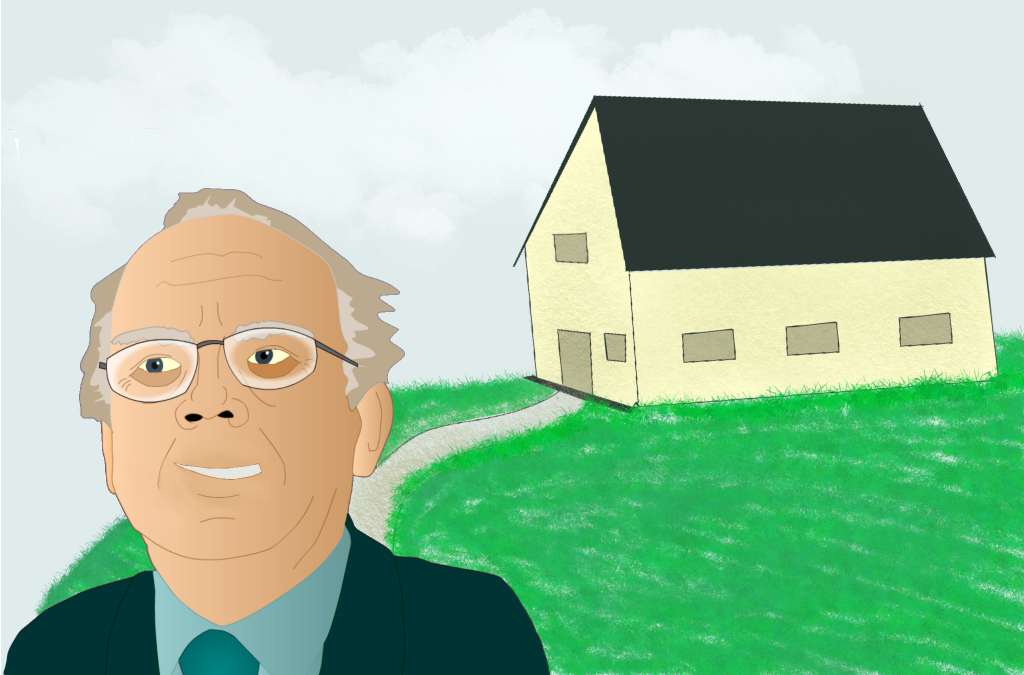There are various people who could be consulted about whether to proceed with NG feeding for Freda. Click on the plus symbol next to each person to view their role and opinions.
The interactive model above has highlighted the importance of using a shared decision making approach. This means that the decision about whether to proceed with NG feeding for Freda is not made solely by a health professional, but rather that it is a collaboration between health professionals, Freda (the patient) and her family which allows the following to be discussed:
- Possible treatment options, evidence, risks and benefits
- The patient’s preferences, personal circumstances, goals, values and beliefs.
For further information about shared decision making see the additional information box below.
Freda is persistently drowsy and unable to participate in an assessment of her swallowing. As she is now 2 days post-stroke, nasogastric (NG) feeding should be considered.
Freda is admitted to hospital with a right MCA (Middle Cerebral Artery) stroke and has been drowsy since admission which is reflected in her swallow screen record. Her swallowing status has not yet been formally assessed. She has intravenous fluids in situ.



Freda is 84 years old, has a daughter who lives locally and a son staying in America. She is widowed and lives alone.
Due to arthritis she was practically housebound prior to her stroke.
She has been receiving a lot of additional support from her daughter who seems to be under considerable stress. Her son is very concerned about his mother too.

Bill has settled back at home and has an established daily routine using his PEG.
Bill’s swallow has slightly improved and he is taking small amounts of diet and fluids now. The dietitians are monitoring his oral intake and adjusting his gastrostomy feed accordingly. He is going out and about and plays Bridge with his friends on a Wednesday night.
Best wishes for the future, Bill!

Many people will likely be involved in Bill’s follow-up care to address the key issues such as monitoring of PEG feed, review of swallow function, and emotional & self management support.
| PEG Feeding |
Swallowing |
Emotional Support |
Medical Support |
- Specialist stroke nurses
- Community nurses
- Community dietitian
- Nutritional support nurse
- Nutritional nurse specialist
- Enteral product company
|
- Speech and language therapists
|
- Bill’s family or social work department (if he has no family and carers are needed)
- Specialist stroke nurse
- Stroke support services e.g. via third sector/voluntary/charity organisations
|
- Doctor
- Community pharmacist
|
Bill is getting ready for discharge and is keen to pack his bag for home.
Also:
The dietitian has liaised with Bill and his family regarding the most suitable feeding options for home. Both pump and bolus feeding have been discussed and Bill would prefer to continue pump feeding at home.
It would be worth discussing the feeding times with the Dietitian. When Bill is home he may be able to have bolus feeds through his PEG at meal times.
You also tell Bill’s wife that he will continue to be reviewed by the Speech and Language Therapist (SLT) when he goes home. This will enable the SLT to monitor any changes in Bill’s swallowing ability.

Bill’s wife has asked to speak with you.
Bill now has a PEG (Percutaneous endoscopic gastrostomy) inserted.
Bill is now learning how to manage his PEG for when he goes home.







